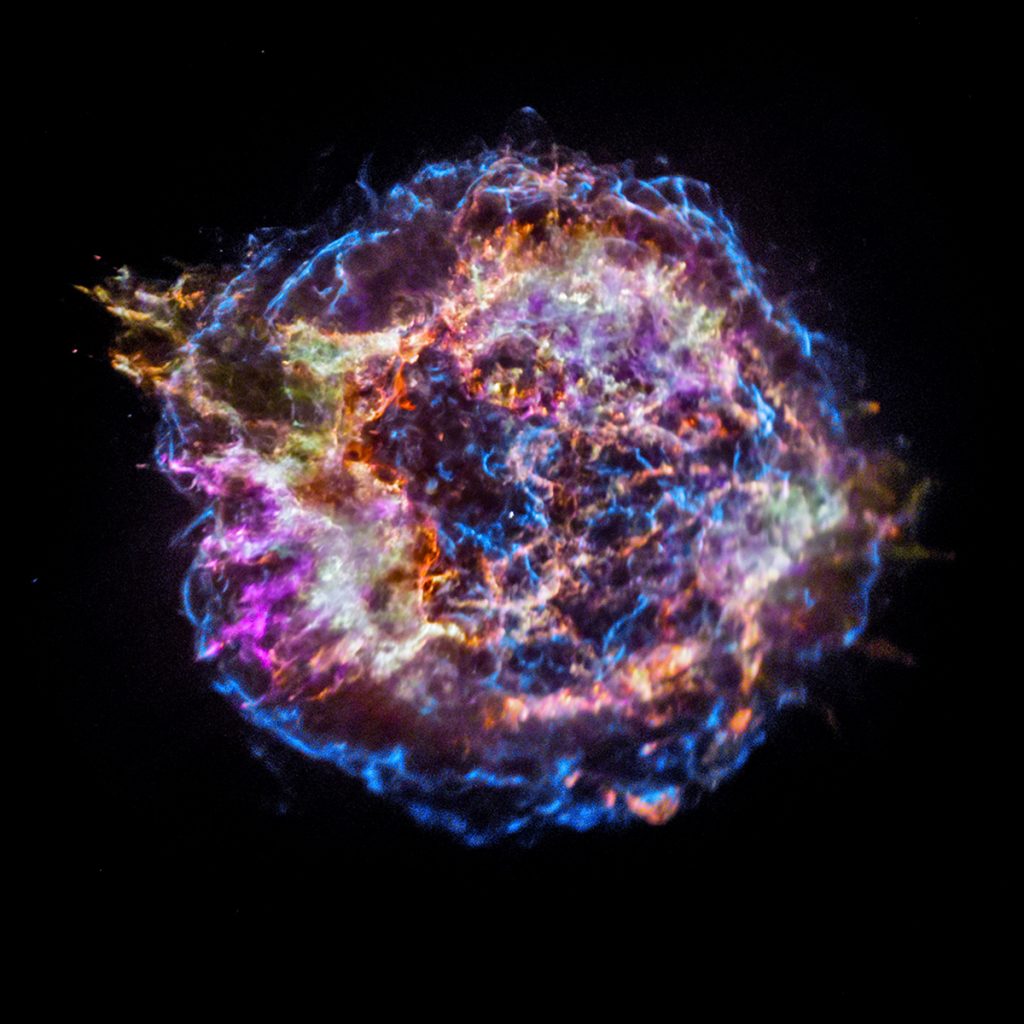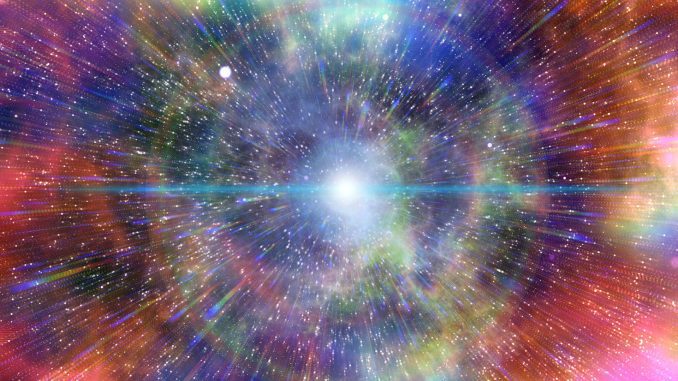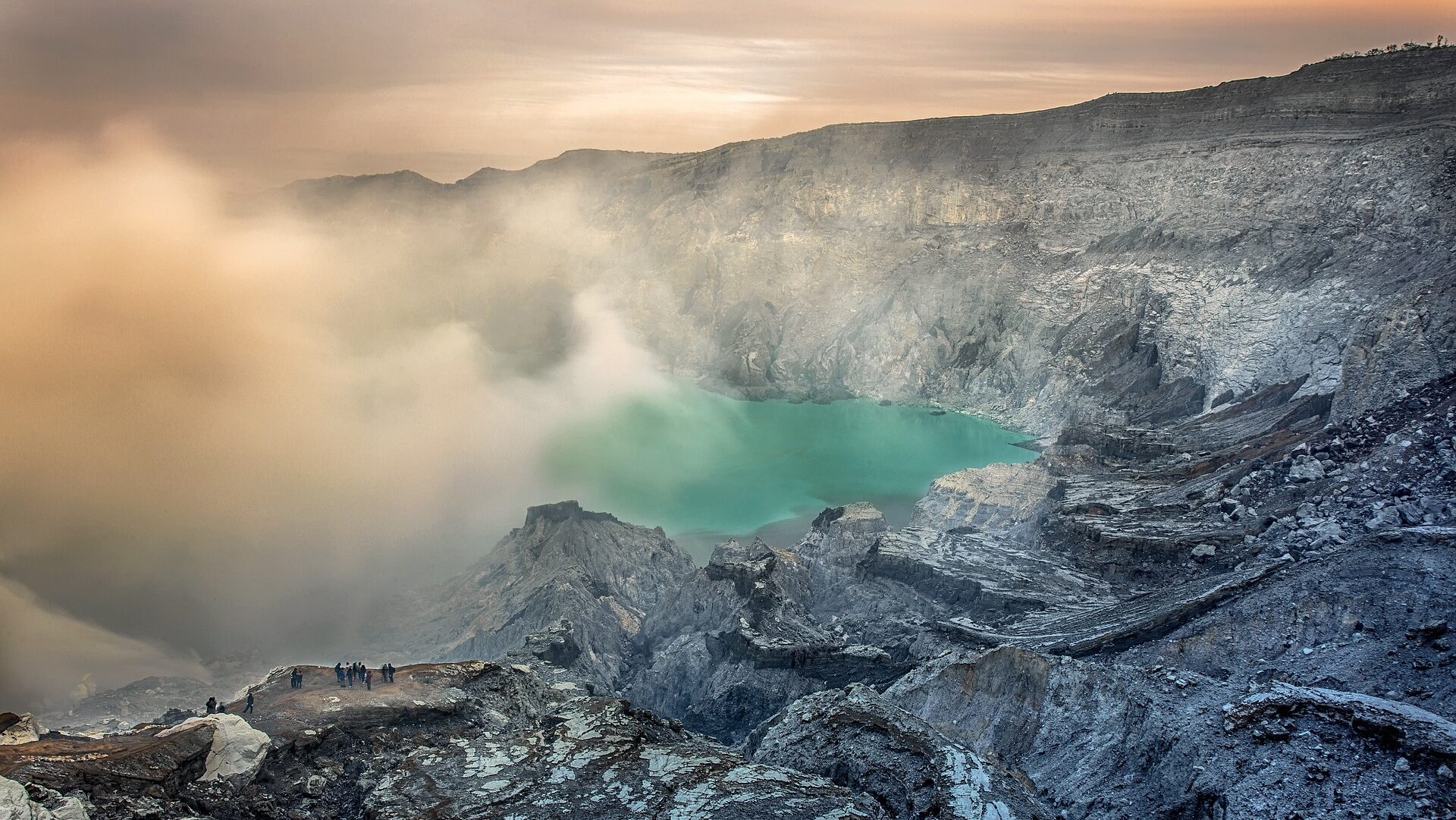Reading Time – 11 minutes, Difficulty Level 1/5
It’s probably fair to assume that when we talk about the big bang theory more people will think about Sheldon Cooper and his friends in their Pasadena apartment than an actual piece of real-world science. The big bang theory is very real though, well as real as we can conceivably say without having been there in person. So let’s address the question what is the big bang theory?
For those of you that have watched the iconic TV series it’s easy to see why it would have been a topic that Sheldon, Leonard, Howard and Raj would have debated intensely, after all it gives more than a hint about where we might have all come from.
Let’s examine it in a nutshell. What is it all about? Who first thought of it and why do so many people, including a lot of scientists think it’s probably right?
Start with the numbers
We need to put a few numbers down first, such as the age of the universe. The answer to that is approximately 13.8 billion years. How do we know that? Well believe it or not we can measure it with a very high degree of accuracy. I’ll explain how a bit later, but for now let’s just assume this number is accurate.
Who had this idea and when? The big bang was first theorized back in 1927 by Georges Lemaître, a Belgian priest and astronomer who suggested that the universe as we know it began with a ‘cataclysmic explosion of a prime-evil super atom’.
That sounds like something from a science fiction movie or a comic book! So, what led him to think that this is what might have happened?
Let’s delve into some basics:
When we look at an object in the sky, such as the moon, the sun or any of the stars, what we see is light. That’s obvious I think, things are bright, they shine and so we can see them. That light doesn’t just emit from the object and then immediately appear to us however, it must travel through some distance in space before we can see it.
The speed of sound
Most of us will be familiar with the speed of sound as a concept, if two people stand at either end of a long room, or even far enough away from one another in a large outside area and one person claps their hands while the other is watching, the second person would see the first person clap then a very short time after that, hear the sound. Why? Because sound must travel through the space between the first and second person in order to be heard. Roughly speaking sound travels at around 767 miles per hour, at least it would do in the example mentioned previously.
Light works in the same way, only it travels much, much faster.
Light we see from the moon is just over one second old. The moon is a fair distance away, about 240,000 miles give or take, but we’ll come to learn this sort of distance is really very small when we think about the distances between objects in space.
The speed of light
Light can obviously travel very quickly if its able to cover that sort of distance in only a bit more than a second. In fact, Light travels at 187,000 miles per second and not only is that fast, it’s widely accepted as the fastest anything is able to go. This has been proven repeatedly with various experiments which I’ll explore in another article.
What about the Sun? Light we see from the sun is about 8 minutes old. This obviously tells us the sun is much further away than the moon. The approximate distance is 93 million miles, which is now starting to become hard to think about given our earthly distances between towns and cities but, it’s still just about workable so we will stick with it for now.
If we look at the sun (and please don’t look directly at it, that’s very dangerous) what exactly are we seeing? Well, we are seeing the sun as it was around eight minutes ago. We are looking into the past.
A time machine in the sky
Go outside this evening and look up into the night sky and not only are you seeing things that are a very long way away, you are also peering back in time. Our universe and with that, our sky is one huge time machine and we can look at it anytime we want to.
That raises some incredible questions and some even more incredible possibilities. For example, if the sun were to explode (don’t worry this isn’t going to happen for a very long time) then you would see it shining brightly and perfectly for another eight minutes before the explosion were visible.
If you were to find the galaxy NGC 4845 (galaxies don’t all have catchy names I’m afraid) and look at it you would be seeing light that set off on its journey to your eyes at the time the dinosaurs roamed the earth as that particular galaxy is around 65 million light years away. One thing is certain, if you look up at the stars you are almost certainly looking at some that are no longer there.*
Light takes time to travel between two points, just like it takes me ten minutes to travel to my local supermarket.
The expanding Universe
Through the years a lot of astronomers and scientists have measured speeds and distances of just about every object you can imagine. That of course includes the sun, many of the stars and planets and lots of other things you can see in the sky.
One thing we discovered which really surprised us was that our universe is expanding, and that rate of expansion is increasing. The things we can see in the sky are racing away from each other and the further the object is, the faster it is travelling away.
Back to something we touched on earlier, how do we know the universe is 13.8 billion years old? Well, this is done using a couple of scientific tools and neither are particularly difficult to understand on a basic level.
The first is looking for objects which are really faint. As we know the universe is expanding and light takes a while to travel enormous distances. Things that are very faint in the sky must be a long way away. Huge instruments like the James Webb Space Telescope are used to find things that are so faint we wouldn’t stand a chance of seeing them with our eyes. We have found clusters of stars around 13.2 billion light years away.
That light has been travelling at 187,000 miles per second for 13.2 billion years to reach us.
Type 1A Supernovae
Scientists also used a second tool called ‘standard candles’. It’s a strange name I know, but it’s simply a way of saying ‘there are some things we have seen so many times that are the same brightness, we know how bright they should be’.
Those things are called Type 1A Supernovas. This is a particular type of star and moreover how bright the explosion is when it blows up. It’s pretty bright, in fact scientists suggest it could be as bright as a billion suns. This is handy as we can see that from a long way away!

Somewhere between these two tools and the deduction that the universe is 13.8 billion years old is some mathematics which I’m not going to break down in this post, but this is the method we use to determine the age of the Universe.
So back to our big bang, imagine that in your head. Lots of dust and gas all expanding outwards. Sounds a bit like an explosion doesn’t it? Well, that’s pretty much it. If we know all objects in the universe are racing away from one another, that must mean that at some point in the past everything was closer together.
The primevil super atom
It was very close together indeed. So close in fact that everything that exists in the universe was packed so tightly together it would have very easily fitted inside a grain of sand, with a lot of room to move around!
Imagine that for a moment, everything that ever existed and will exist in the future squashed into a grain of sand.
That already sounds ridiculous doesn’t it? But there is a overwhelming likelihood that this is exactly what the early universe was like. Of course, that place didn’t contain cars, buildings, people and planets, but it did contain the ingredients to make all those things.
This matter began racing away in all directions from a point where it was once bound together in a very small area and something must have happened to trigger that reaction.
This is a great example of figuring something out without having to see it. We see that everything is moving outwards, so common sense suggests to us it was once closer together.
Just like watching a firework explode and all those amazing patterns that extend far into the sky, they once existed in a different way inside the much smaller firework.
It’s now easier to imagine that if we knew about this big mass of gas and dust all expanding outwards that someone, in this case Georges Lemaître would guess that at some point in the past it would have been bound together and his description of this situation as ‘a cataclysmic explosion of a prime-evil ‘super atom’ makes a lot more sense than it did when it was mentioned earlier.
Where did the Big Bang happen?
When I’ve explained this previously, I often get asked the same question.
Where exactly did this big bang happen?
The answer isn’t obvious but perhaps it is becoming a little clearer to you. The big bang happened when everything in our universe was packed inside that little grain of sand. By having at least some idea of what our universe was like at that point we can make a pretty accurate guess of where it happened.
The answer is that it happened everywhere. Well, at least everywhere as we know it now. In your country, in your city, in your house, even inside your body.
Everywhere at once as all the matter that makes up everything we know was squashed tightly together.
What is the big bang theory?
Let’s have a 10 second big bang recap. The universe is really big now, but a long time ago it was very small.
We know that because all the matter in our universe is racing outwards and that suggests that it was once much closer together. Something must have changed to make that big expansion happen.
The observation of matter racing away and the fact that it was once much closer together is like a firework exploding and its precisely that, which we refer to as the big bang.
More accurately the ‘big bang theory’ as it is only a theory and not a definitive answer, yet.
So, we get the basic concepts of the big bang. How about some additional questions for you to think about and perhaps for me to address in future articles:
What was before the big bang?
Will this expansion ever stop?
What will happen if it does stop, will it just hang there forever or might it go into reverse, creating a ‘big crunch’?
All great questions to which we have no definitive answers right now, but a lot of theories.
* I’ve chosen to put another example here to illustrate the speed of light in relation to distance. If we were able to travel faster than the speed of light, or somehow bypass the distance between the Earth and the galaxy NGC 3972 in the constellation of Ursa Major, that would be an interesting vantage point. NGC 3972 is a spiral galaxy 65 million light years distant from Earth. Astronomers residing in that galaxy today could point their telescopes back at Earth and watch the asteroid impact in the Yucatán Peninsula that scientists suggest wiped out the dinosaurs. This would be possible due to the light from that impact taking 65 million years to reach NGC 3972.
I’m the founder of The Average Scientist and also an Astrophysicist, a passionate Science Communicator and elected Fellow of the Royal Astronomical Society.
I regularly speak at various events, including our TAS Talks and theatre shows on subjects such as Astrophysics, Planetary Science and the Evolution of the Universe.








